It’s the age-old question that most investors are likely to find themselves wondering at one point or another - which property type is best for buy-to-let? Houses and apartments both have their own strong selling points, so knowing which one would work best with your financial goals can be one of the most challenging parts of investing, especially post-pandemic.
With more investors questioning their choices, as the property market adapts to the new post-Covid landscape, Joseph Mews Property Group has compared the respective merits of houses and apartments when it comes to buy-to-let investments.
While the UK property market weathered the storm of the last few years relatively well compared to other investment assets, the pandemic has nonetheless shifted tenant demands across the country, meaning investors need to be aware of what types of homes their renters are seeking.
Capital growth and rental yields
Joseph Mews says choosing between houses and apartments is usually one of the first decisions an investor will need to make when buying-to-let, but is also one that relies heavily on an individual investor's investment goals.
"More specifically, are you looking for short-term returns or are you hoping for bigger price increases in the long-term?" Andy Foote, founder and chairman of Joseph Mews, said.
"Knowing what you want out of your investment will usually make choosing between houses and apartments much easier. Generally speaking, apartments offer more competitive rental yields than houses - especially if they’re in popular locations, such as city centres. For example, Joseph Mews research has found that in Birmingham, houses are averaging a 4.42% rental yield, whereas apartments are reaching as high as 7%."
He added: "So, for those looking to build higher capital and rental returns, apartments are usually the most popular option. That said, this property type also has a history of competitive price growth."
While Covid-19 has seen almost every property in the UK increase in value, Savills research has suggested that in the 20 years leading up to the pandemic, average apartment prices grew by 256%, whereas houses increased by 245% in the same time.
Is size important?
Foote advises that, regardless of whether you’re investing in houses or apartments, you’ll need to consider the size of the property.
"Compared to other decisions you’ll make along the way, this may seem like an easy decision to make, but similar to the houses vs. apartments debate, the size of the property - including the number of bedrooms - you choose will impact other areas of your investment," he explained.
"For example, bigger properties with several bedrooms typically appeal more to families, whereas studios, one- and two-bedroom apartments generally attract young professionals - who are thought to be the biggest demographic of renters in the market. According to the English Private Landlord Survey, couples aged 25-49 make up the largest portion of the rental market and stay in rented property for at least three years."
This has been highlighted in Joseph Mews research, which found two-bedroom apartments typically deliver yields of around 5.26% and make up almost half of the rental market. Meanwhile, one-bedroom apartments offer similar returns with an average rental yield of 5.41%, but only make up 31% of UK rental stock.
Property types by yield, rents and stock distribution
According to Joseph Mews, past and current market performance can tell you a lot about a property type, especially when looking at average rents, yields and market distribution. It provides the following stats for the UK at present.
Rents
Studio: £809
One-Bed: £891
Two-Bed: £1,214
Three-Bed: £1,576
Yields
Studio: 7.33%
One-Bed: 5.41%
Two-Bed: 5.26%
Three-Bed: 4.96%
Market Distribution
Studio: 4%
One-Bed: 31%
Two-Bed: 42%
Three-Bed: 15%
Other: 11%
What to look for in a buy-to-let investment?
The group, which launched earlier this year to target both investors and landlords in the Midlands and beyond, recommends that - whether you’re looking to invest in an apartment or a house - you should be researching the local area and consider the following.
Jobs Market: Half of British workers are willing to relocate for a job, so investing in an area with a strong employment base is key. In attracting more tenants to the area and boosting the demand for property, you’ll not only minimise your chances of void periods but it’s likely that rents will increase as a result of increasing demand.
Area Demand: What’s at the root of a successful buy-to-let? Nine times out of ten, it’s tenant demand. Without tenants renting your property you’re at risk of void periods, so investing in locations that have strong demand is crucial.
Amenities: There are several things tenants look for in a rental location - amenities being one of these. Aside from jobs and transport links, having easy access to shops, restaurants, bars and green spaces is usually a priority for some tenants. This means that for investors, it’s often a good idea to be familiar with the local area.
Foote concludes: "Houses vs. apartments - it’s one of the many debates investors find themselves having when buying-to-let, but it’s a decision that will be influenced by other factors. From your preferred tenant demographic to locations and financial goals, knowing exactly what you want from your investment will usually make your decision much easier. The most important thing to remember when building your property empire is diversification, which often means having both houses and apartments within a single portfolio."



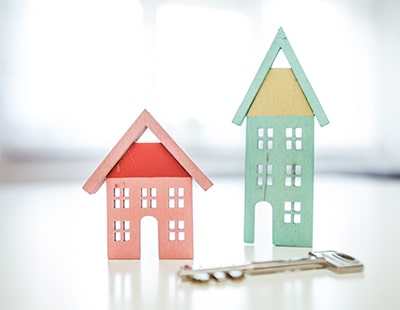
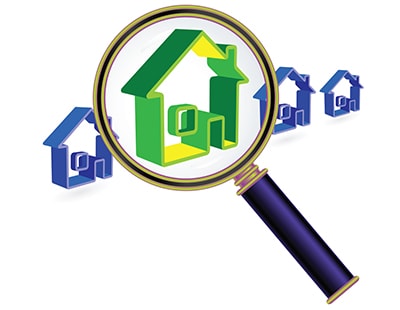
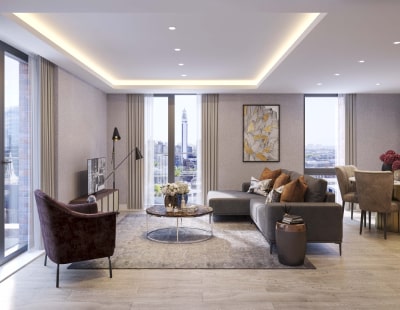
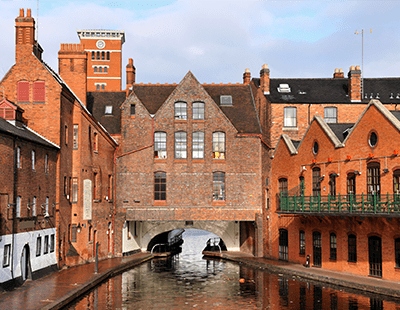
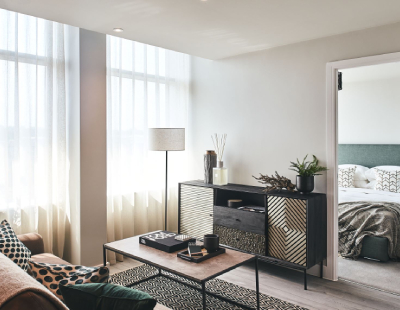

.png)

.jpg)








Join the conversation
Jump to latest comment and add your reply
Modern 1 bed appts with no gas are the best BTL. Largest captive audience of tenants, low maintenace, long lease, best yield & capital growth, no refurb costs. No brainer.
Resale?
Please login to comment